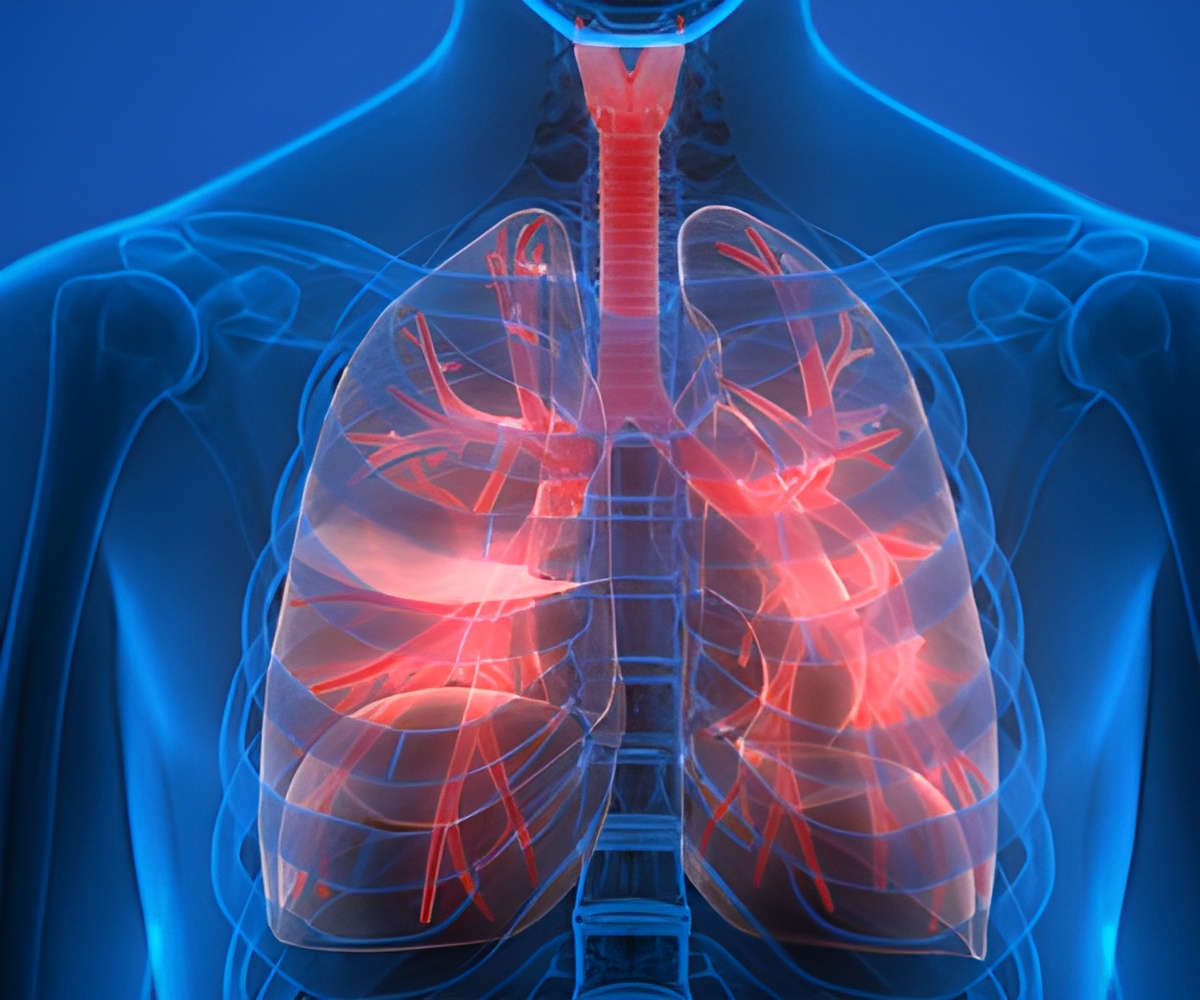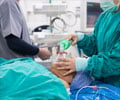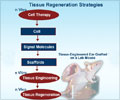
‘The 3D lung could be instrumental in studying idiopathic pulmonary fibrosis, a chronic lung disease characterized by scarring of the lungs which the previous 2D cultures have failed in accomplishing.’
Tweet it Now
“While we haven’t built a fully functional lung, we have been able to take lung cells and place them in the correct geometrical spacing and pattern to mimic a human lung,” said Brigitte Gomperts, Associate Professor, at the University of California, at Los Angeles in the US.Idiopathic pulmonary fibrosis is a chronic lung disease characterized by scarring of the lungs. The scarring makes the lungs thick and stiff, which over time results in progressively worsening shortness of breath and lack of oxygen to the brain and vital organs.
To study the effect of genetic mutations or drugs on lung cells, researchers have previously relied on two-dimensional cultures of the cells. But when they take cells from people with idiopathic pulmonary fibrosis and grow them on these flat cultures, the cells appear healthy.
Gomperts and her colleagues, in the study published in the journal Stem Cells Translational Medicine, started with stem cells created using cells from adult lungs. They used those cells to coat sticky hydrogel beads and then they partitioned these beads into small wells, each only seven millimetres across. Inside each well, the lung cells grew around the beads, which linked them and formed an evenly distributed three-dimensional pattern. To show that these tiny organoids mimicked the structure of actual lungs, the researchers compared the lab-grown tissues with real sections of human lung.
“The technique is very simple. We can make thousands of reproducible pieces of tissue that resemble lung and contain patient-specific cells,” said Dan Wilkinson, researcher at the University of California, Los Angeles.
Advertisement
Source-Medindia












